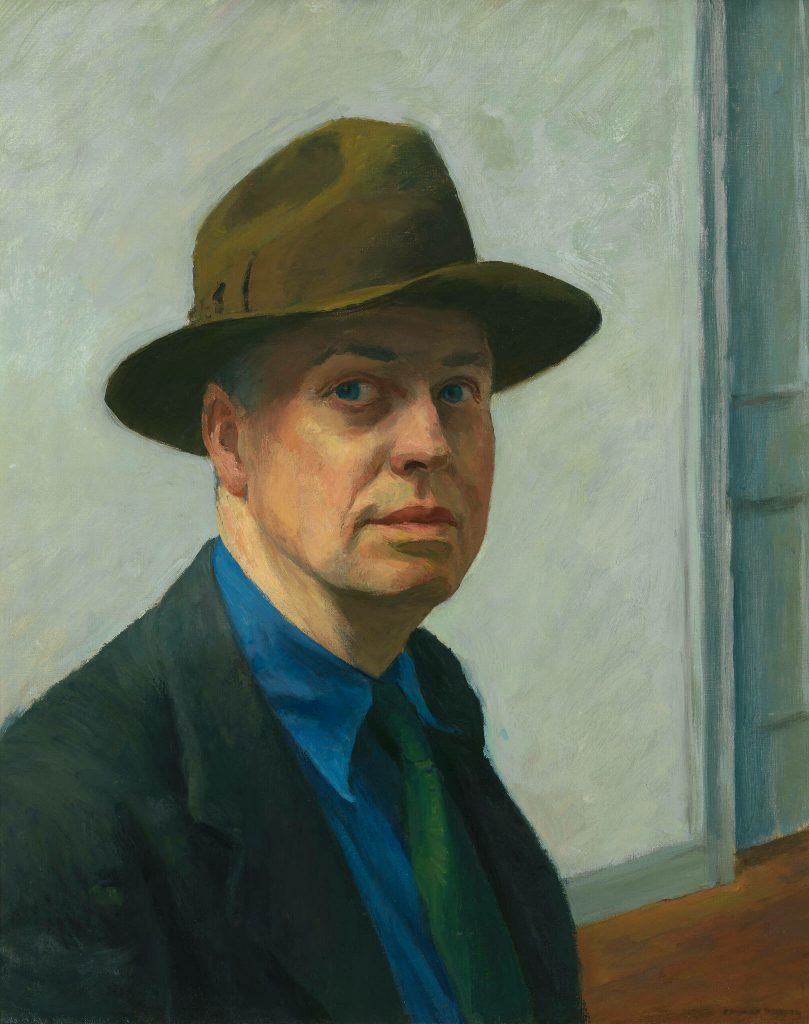
Born in 1882, Hopper was the youngest in a family of four and lived a comfortable life in Nyack, New York. He would often sketch boats while sitting by the Hudson River as a child, leading him to build a boat himself and seriously consider a career in naval architecture for a short time. He initially went to the New York School of Illustration for his education as his parents encouraged him to pursue a more commercial route in the industry, but he eventually left to attend the current Parsons School of Design instead. While he got into the field working as an illustrator at the New York Advertising Agency in 1905, Hopper was not satisfied, as his true passion lies in the world of painting.
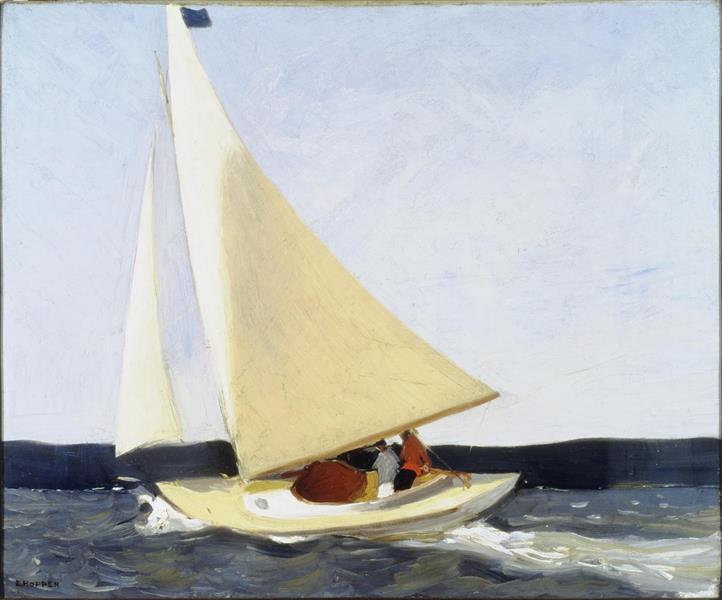
Reoccuring Expressions and Motifs
Emptiness is a common theme in Hopper’s paintings. Many of his works show couples in an unhealthy relationship, possibly due to his personal marriage issues, where the two would be occupying the same space while their minds wander elsewhere. The themes of isolation are particularly easy to resonate with today, as it echos the sudden shut-downs that COVID-19 has forced upon us.
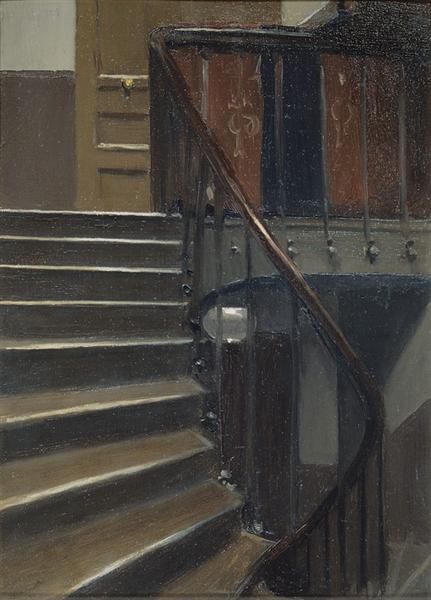
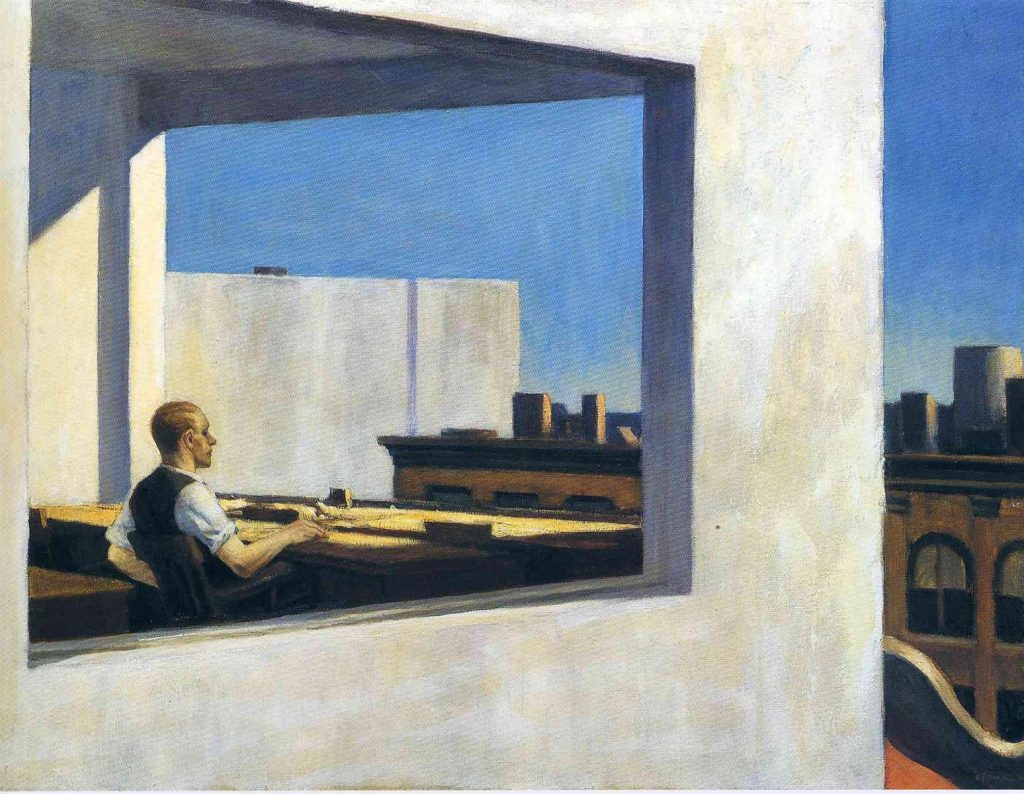
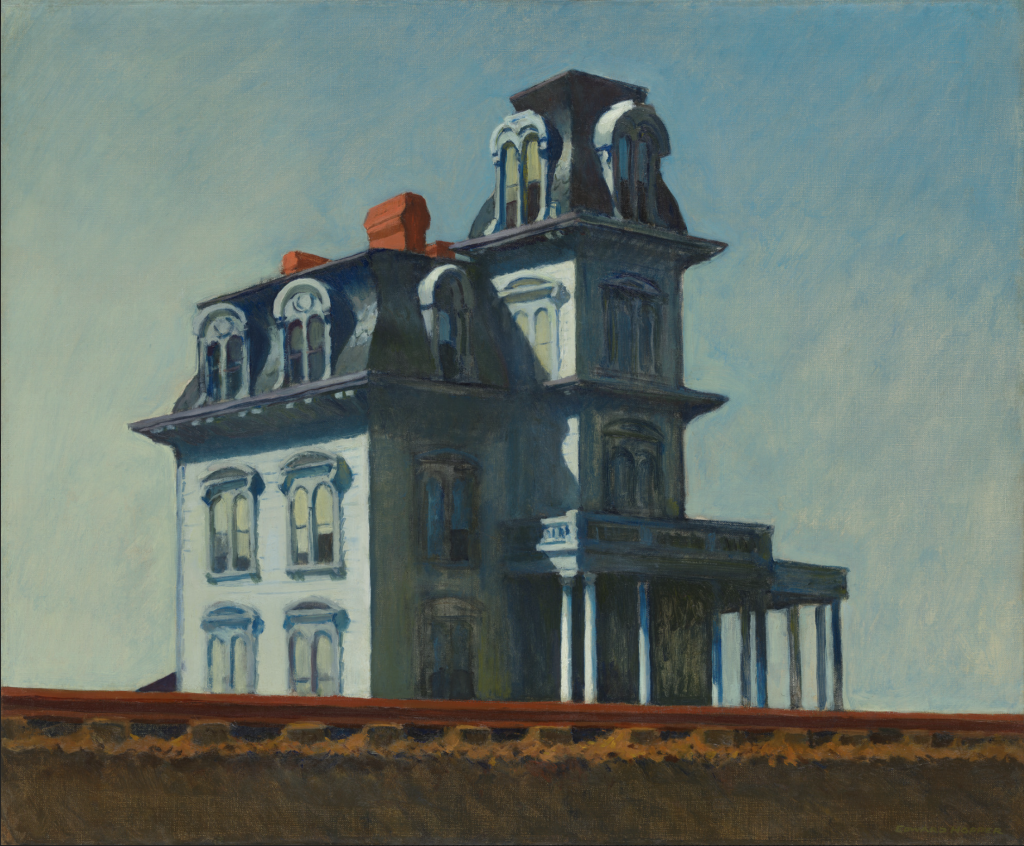
Nighthawks
Painted in 1942, Nighthawks is Edward Hopper’s most famous work. Featuring four distant and absentminded figures, this painting brings the feeling of void and loneliness to the forefront. The diner lights are the only thing illuminating the scene, while the absence of a door into the building connotates an isolated atmosphere. The streets are gloomy and empty, pointing to the frequent blackout drills that occur throughout the city during a time of war. Personally, I was fascinated by the way Hopper’s paintings could encapsulate a sense of hollowness while still feeling wholly complete, especially in a bustling place like New York City (though apparently when people were searching for this diner in the city, they found that Nighthawk was not a real place at all!).

After Hopper’s death, it was thanks to his many sketches and his wife’s journals that we get to see the laborious process he went through for each of his works. Though abstract expressionists like Pollock and Rothko took centre stage nearing the middle of the century, Edward Hopper’s naturalistic style of painting never wavered and remained universally appealing. With his massive influence on society then and now, it is safe to say that Hopper is one of the most iconic figures of art in the 20th century.
Sources
https://www.youtube.com/watch?v=lKIbT-4UFaE
https://www.wikiart.org/en/edward-hopper
https://www.youtube.com/watch?v=mdi4XXl2kUg
https://en.wikipedia.org/wiki/Edward_Hopper
https://www.theartstory.org/artist/hopper-edward/life-and-legacy/

Samantha,
Excellent work on Hopper here!. You have solid and insightful information and anecdotes about his approach. I like that you cited little known facts like people searching for the site for Nighthawks but coming up empty. Good information and personal thoughts about the artist. I’m giving you 2/2 here.
As for your PK on Kandinsky it was also excellent. Your delivery was nice and relaxed and you barely referred to your notes. You also had a solid analysis of individual paintings and a good description of the progression in his art practice. I’m giving you a 10/10 for your presentation so well done!
Jeff